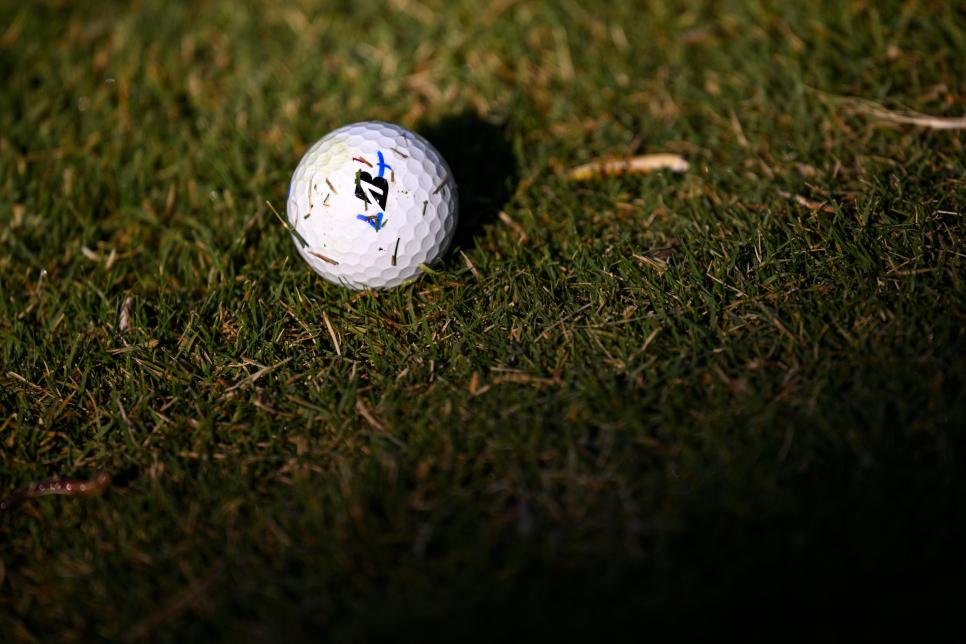[PHOTO: Michael Owens]
At last week’s Shriners Children’s Open, Lexi Thompson was notable not only for her fine play as just the seventh woman ever to compete in a PGA Tour event, but also for her ball choice: Bridgestone’s Tour B RX model—a ball aimed at players with swing speeds under 105 miles per hour.
Considering Thompson hit seven tee shots longer than 300 yards during the first two rounds, that ball, in theory, should not have been a great fit for her. Cobra, her club brand, says her driver swing speed gets as high as 110mph. But what it really brings to the fore is the challenge for all golfers to find the best ball for them.
“What ball should I play?” is a question golfers ask all the time yet rarely find a satisfactory answer to. Recently, some ball manufacturers, including Bridgestone and Titleist, have made efforts to assist golfers in ball fitting. But the fact is, online fitting features fall short of being able to adequately sort out the issue. You simply can’t get fit from a few questions, and certainly not when companies will recommend only one of their balls.
Making matters more confusing is that the technology ladder has reached all the way down to golf balls costing as little as $35 a dozen. That’s a lot to dig through. So, what’s a weekend warrior to do?

While that worked for Thompson, the answer is different for everyone. By zeroing in on one or two characteristics, you can narrow the field. Beware the temptation to determine a ball’s efficiency only by how far you can bust it off the tee. Starting your ball-selection process from the green and working your way back is probably more helpful than starting at the tee and moving towards the green. Tiger Woods’ final check for choosing a ball, for example, is its trajectory on chip and pitch shots.
That said, you shouldn’t totally ignore the numbers with your driver. If you’re a slow swinger, odds are you might need a ball that spins a little more to keep your tee shots airborne longer for greater carry. Fast swingers might need less spin for more accuracy. That’s certainly an important discussion to have.
In short, although the pros would like to squeeze every last bit out of their equipment, most are looking to optimise their control into and around the greens. For everyday players, it’s just as important to have a grasp of your strengths and weaknesses when trying to assess what ball is best for you. If you think about what you really need in your game, you’re that much further along in finding the right ball for you.
Whether you’re a pro like Lexi Thompson or not.




